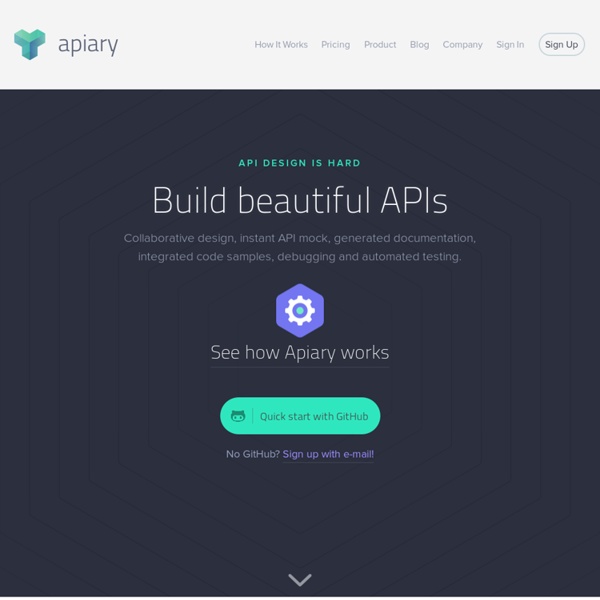



generatedata.com This data type randomly generates human names (mostly Western) according to the format you specify. You can specify multiple formats by separating them with the pipe (|) character. The following strings will be converted to their random name equivalent: This data type randomly generates names. It works in the same way as the Names data type, except that it creates slightly more realistic data sets since the names are mapped to the country; e.g. Italian names appear when the data set row has Italy for the country field. Whatever text you enter into the options text field will be used to generate telephone numbers. Select one of the values in the example dropdown for some ideas. As with many of the other data types, to generate phone numbers in multiple format separate them with a pipe | character. This Data Type tries to generate a phone number in an appropriate format for the row of data. Day Week Month Year Generates IBAN (International Bank Account Number). Try tinkering around with it.
scottjehl/Respond Meet Bower: A Package Manager For The Web As the web platform has matured, the tools for managing our projects, too, have matured. In this tutorial, I’ll introduce you to one of these tools that makes managing the dependencies of your project considerably easier: Bower. When I first looked into Bower, I wasn’t exactly sure how it fit in: it wasn’t just a JavaScript package manager, like Jam, and it wasn’t a module loader, like RequireJS. It calls itself a browser package manager, but what exactly does this mean? How’s that different from a JavaScript package manager? Bower is just a package manager. The important thing to note here is that Bower is just a package manager, and nothing else. Enough chat: let’s see how this thing works! Installing Bower Of course, before we can actually use Bower, we’ll have to install it. Be sure to install it globally (with -g), because this is project-specific. Finding Packages If you don’t know the name of the package you want, you can find packages by using the bower search command. Using Packages
Cassandra, Hive, and Hadoop: How We Picked Our Analytics Stack | MarkedUp - Analytics and Insights for Windows 8 When we first made MarkedUp Analytics available on an invite-only basis to back in September we had no idea how quickly the service would be adopted. By the time we completely opened MarkedUp to the public in December, our business was going gangbusters. But we ran into a massive problem by the end of November: it was clear that RavenDB, our chosen database while we were prototyping our service, wasn’t going to be able to keep growing with us. So we had to find an alternative database and data analysis system, quickly! The Nature of Analytic Data The first place we started was by thinking about our data, now that we were moving out of the “validation” and into the “scaling” phase of our business. Analytics is a weird business when it comes to read / write characteristics and data access patterns. In most CRUD applications, mobile apps, and e-commerce software you tend to see read / write characteristics like this: In analytics though, the relationship is inverted: Database Criteria HBase Riak
Httpful: The REST Friendly PHP HTTP Client Library